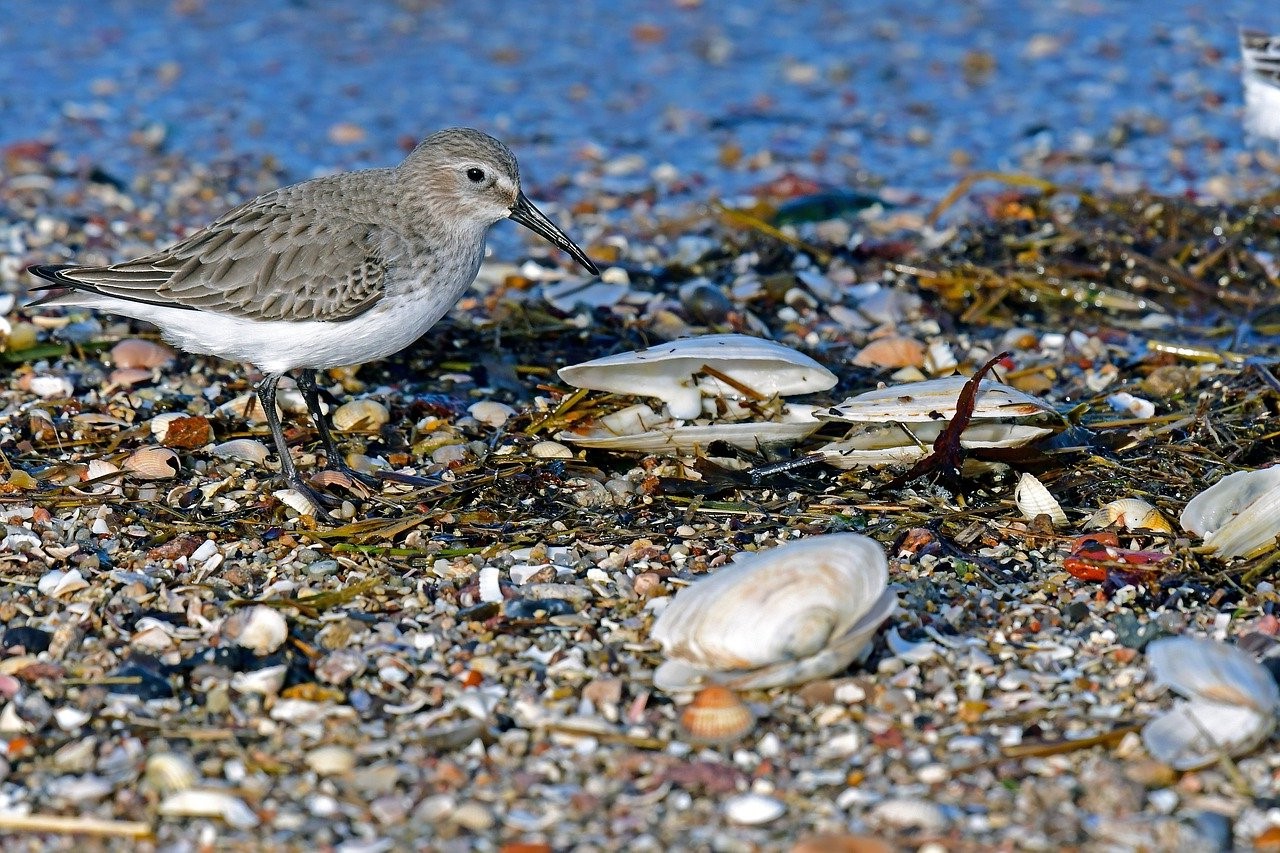Fettupplagring under våren hos kärrsnäppa Calidris a. alpina i södra Östersjön och möjliga följder av en klimatändring
DOI:
https://doi.org/10.34080/os.v22.22586Nyckelord:
ringmärkning, fågelstation, migration, ringmärkningsåterfynd, fettupplagring, rastplatser, klimateffekter, flyttningAbstract
In spring, Dunlins Calidris a. alpina put on substantial fuel stores in the North Sea region before a long flight to breed in northwest Russia. There are hitherto no well-described fuelling sites in the Baltic region. In May and early June in 2004—2010 we trapped more than 1,000 Dunlins at Ottenby, south-east Sweden. Most birds carried substantial fuel loads already when first trapped (much more than in autumn) and, more importantly, 37 within-season re-traps increased in mass at an average rate of 1.2 g/d. This corresponds to a fuelling rate of about 2.6% of lean body mass per day, among the highest recorded for this species. Stopover times were short; only 3.5% of the birds were re-trapped and they stayed on average only 2.2 days. Since the late 1970s, increasing numbers of Dunlins stop over at successively earlier dates. This coincides with an increase in spring temperature of 1.1–2.0°C in 1977—2010. Possibly, a warming climate has facilitated and selected for a gradual shift of the final fuelling sites closer towards the breeding grounds.
Nedladdningar

Downloads
Publicerad
Referera så här
Nummer
Sektion
Licens
Författaren/författarna innehar copyright för varje enskilt bidrag, men samtliga bidrag är publicerade under en Creative Commons-licens, så att vem som helst kan dela och återanvända bidraget förutsatt att copyright-innehavaren erkänns.







